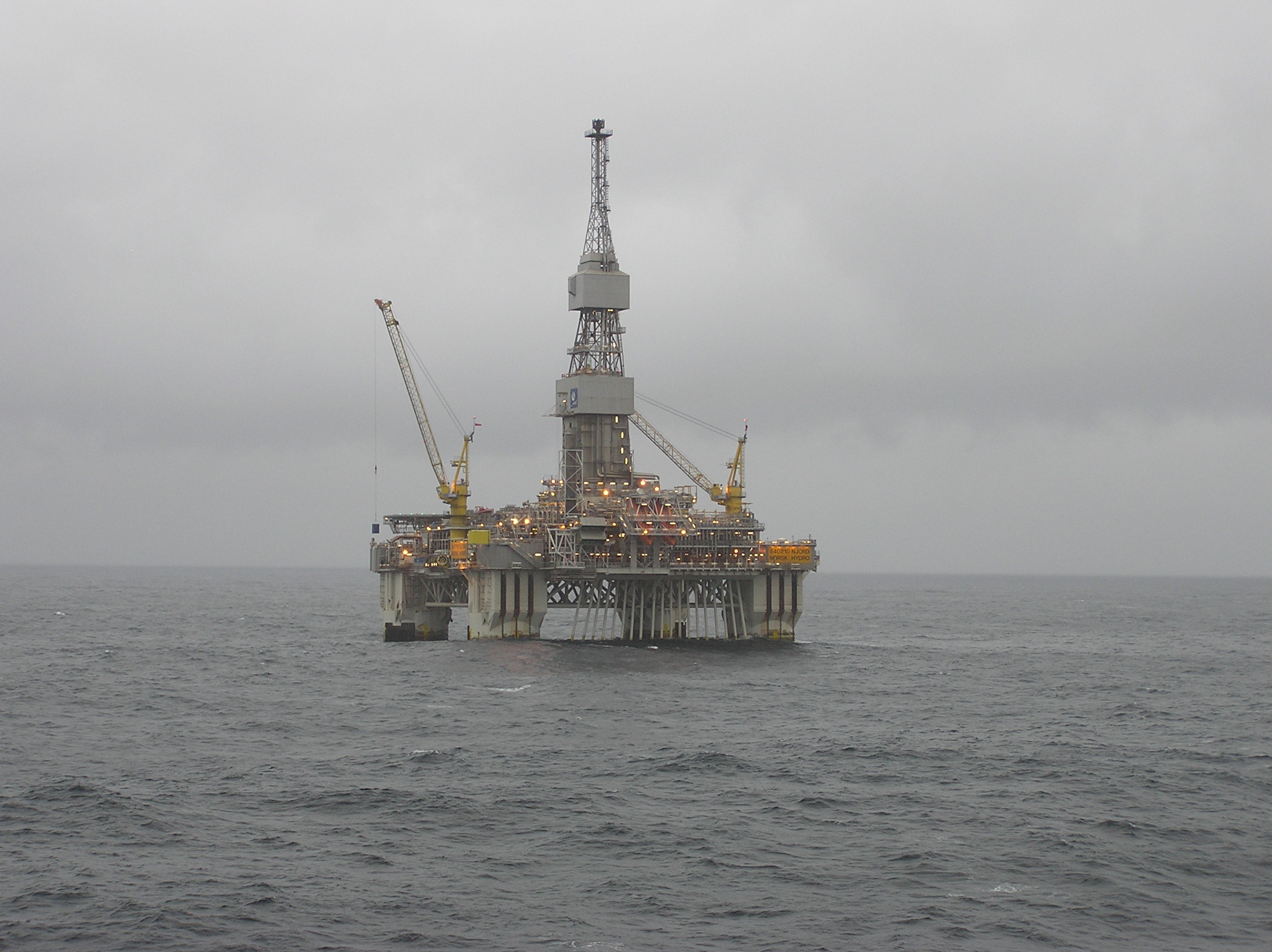

Although oil prices are rising, the crowds at Houston’s Offshore Technology Conference fell for the 4th consecutive year, dipping to the lowest level in more than a decade as the offshore oil & gas sector continues to wait for a recovery. The annual conference, which marked its 50th showing this week, opened with a sense of optimism as oil prices climbed toward $70 a barrel and activity seemed to be picking up in the Gulf of Mexico and other offshore oil fields around the world. ARC Analysts in attendance noticed a greater level of traffic on the show floor as compared to last year and most everyone we polled also indicated noticing a greater level of traffic as well as a feeling an overall more “positive buzz” about the prospects for their business and/or the industry overall.
But the good feelings didn’t translate to bigger crowds. Surprisingly, attendance fell 5 percent from last year and was the lowest since 2006. Not surprisingly, attendance has plunged more than 40 percent (which seems to track reductions in Capex) from the record 108,300 reached in 2014, when oil prices hovered around $100 a barrel. Mergers have cut the number exhibitors. GE Oil & Gas, which was one of the biggest exhibitors, merged with Baker Hughes, while another one, FMC Technologies, combined with Technip.
OTC remains one of the world’s biggest energy expositions and symbols of the importance of the offshore oil & gas sector to Houston’s energy driven economy. Houston is home to hundreds of companies that do the engineering, construction, equipment manufacturing, drilling, exploration and production, and employ thousands of people working in the Gulf of Mexico, the North Sea and waters around the world.

U.S. oil prices now are hovering above $70 a barrel, up more than $20 per barrel from a year ago and more $40 from the bottom of the oil bust in early 2016. That rebound has revved up shale drilling in the West Texas and other U.S. oil and gas fields, but the offshore sector, where projects are costlier and take longer to develop, is just beginning to figure out ways to profit in a lower price environment. Some estimate that offshore energy is at least a year away from a noticeable recovery, but even then, some players in the industry say, the sector faces a diminished future. For example, DNV GL, estimates that by 2050, the offshore drilling industry will produce only about half the oil it did in 2010, in part because of a projected global decline in crude oil consumption.
OTC attendance is considered an indicator of the offshore sector’s health, but it tends to lag industry trends by about a year, since OTC exhibit and travel decisions are typically made many months in advance. And certainly, activity has increased offshore. The world’s biggest companies are exploring for new offshore fields and some have authorized new projects, including Shell, which recently approved the multibillion-dollar Vito project in the deep Gulf. Other large offshore projects such as Petrobras and Total’s Libra field off the coast of Brazil are being launched while there are several tens more delayed projects that are awaiting a final go decision. If oil prices continue to show signs of increasing in the coming months, then the number of projects greenlighted will likely increase.

